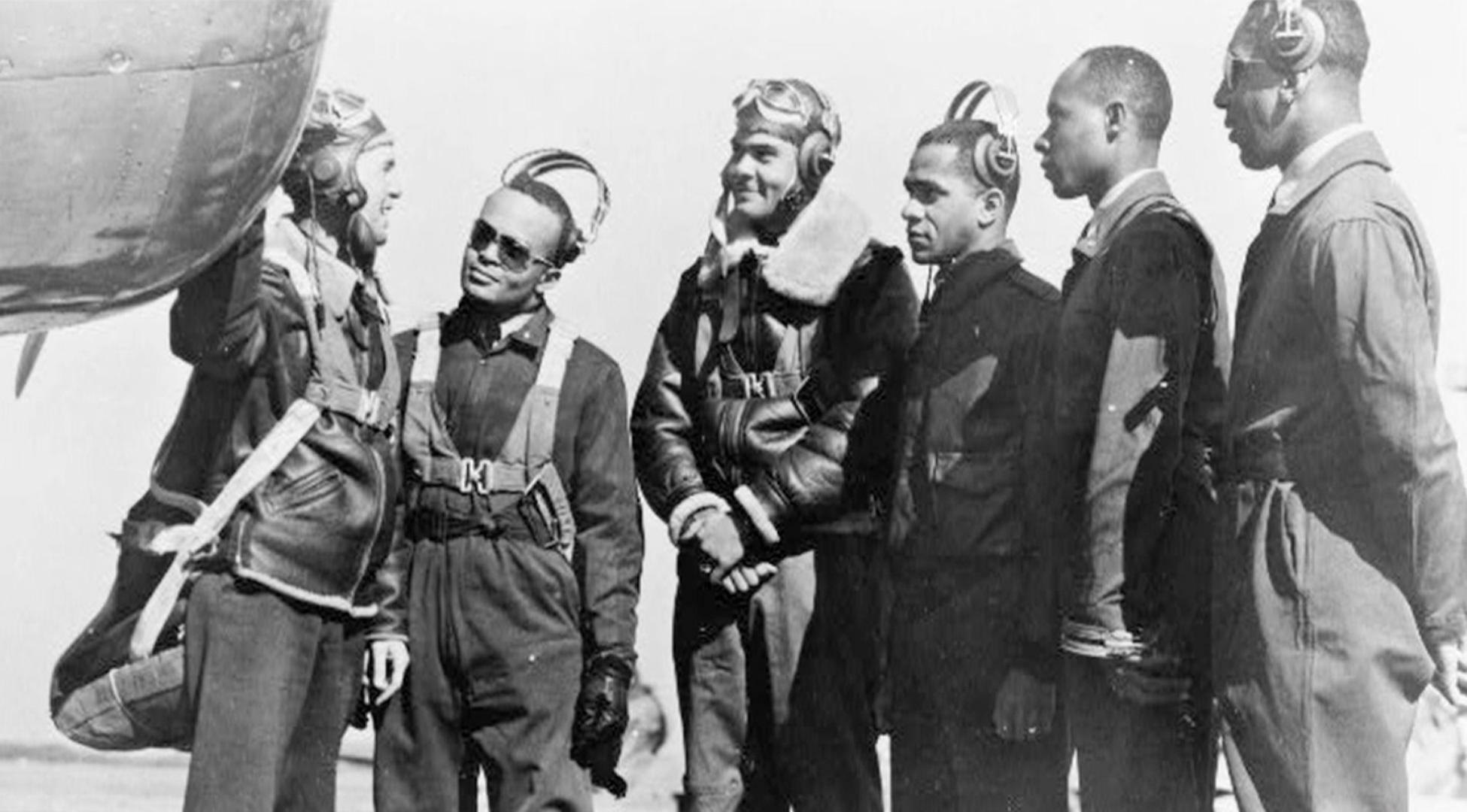

During a time when segregation was the societal standard, racism was widely practiced and Black Americans were widely discriminated against, the United States was in the shadow of Pearl Harbor and on the brink of World War II. At the same time, the U.S. was ranked the 16th largest military in the world and desperately needed pilots.
Due to the uncertainty of another world war coupled with a lack of military manpower, in 1939 the U.S. government created the Civilian Pilot Training Program, according to the Smithsonian Institute. This federally-funded and segregated program allowed Black Americans to train on combat aircraft and learn how to fly in case of another war. Black Americans were already allowed in the military, but they hadn’t been allowed to train as pilots yet. Even as the CPT began training African American pilots, there were still many leaders within and outside of the military who didn’t think African Americans should serve. Many of these opinions stemmed from a survey conducted in 1925 by the Army War College, now called the Department of Defense, titled: The Employment of Negro Manpower In War. “An opinion held in common by practically all officers is that the negro is a rank coward in the dark. His fear of the unknown and unseen will prevent him from ever operating as an individual scout with success. His lack of veracity causes unsatisfactory reports to be rendered, particular on patrol duty,” the report states. The NAACP, Black media outlets and other Black organizations fought against the report and those negative opinions. They pressured the U.S. military relentlessly for inclusion, desegregation and fair treatment.
Then in January of 1941, under the direction of the NAACP, Howard University student Yancey Williams filed a lawsuit against the War Department to compel his admission to a pilot training center.

The military succumbed to this pressure and on January 16, 1941, Secretary of the Army Henry L. Stimson authorized the formation of a Black pursuit squadron, according to the Air Force Historical Support Division. This unit was to be called the 99th Pursuit Squadron. It wasn’t until March 22, 1941 that President Franklin Delano Roosevelt officially activated the all-black World War II fighter squadron. This squadron activation was the first step in the Tuskegee Airmen Experiment. This experiment, which was expected to fail by the U.S. Government, allowed Black Americans enlisted in the military to be, “tested to see if they could be trained as combat pilots and support personnel,” according to the Tuskegee historical site. During this “experiment,” the airmen were required to meet the typical standards of the military, including having a college education as well as reach the same fitness goals set by the Army. Once enlisted, this group of Black American military members served and trained in Tuskegee, Alabama. On July 19, 1941, 12 aviation cadets and one student officer, Captain Benjamin O. Davis, Jr., reported to Tuskegee Institute (Tuskegee University) to start flight training as the first Black pilot candidates in the U.S. Army. By November, four cadets and the student officer had passed and were transferred to Tuskegee Army Air Field for basic and advanced training.